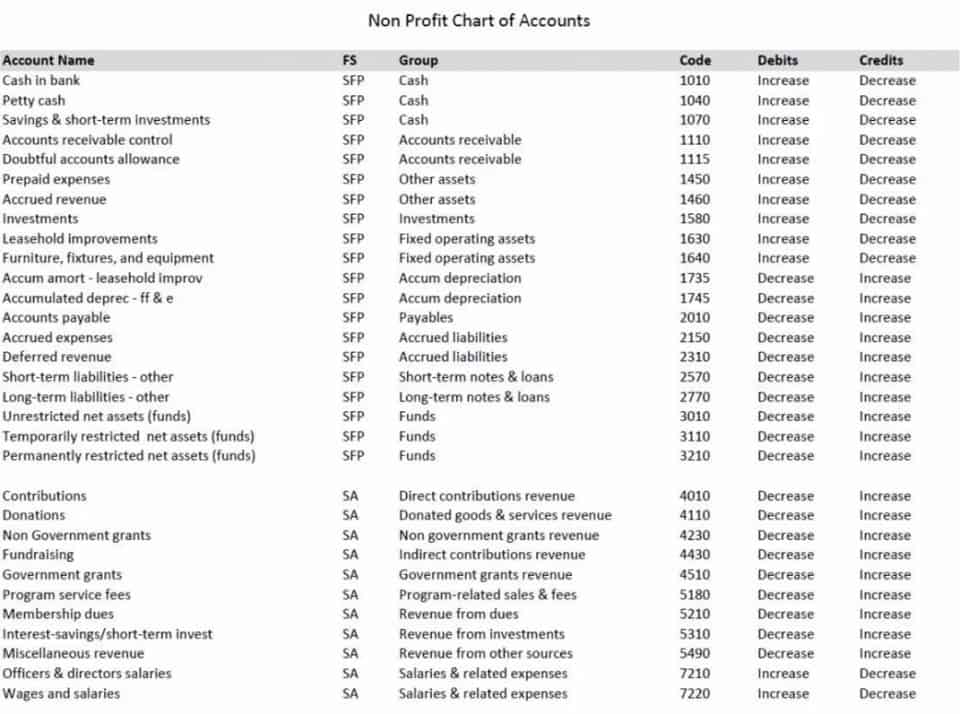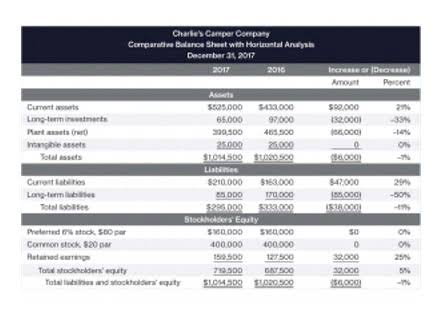
Very small businesses may choose a simple bookkeeping system that records each financial transaction in much the same manner as a checkbook. Businesses that have more complex financial transactions usually choose to use the double-entry accounting process. Your chart of accounts is the backbone of your business and is a necessity in order to properly record transactions. While you can certainly buy a ledger book at an office supply store, keep in mind that it’s much easier to set up your chart of accounts if you’re using an accounting software, such as Wave. Generally speaking, bookkeepers help collect and organize data and may have certain certifications to do so for your business. On the other hand, accountants are generally equipped with an accounting degree and may even be state-certified CPAs.
- If you need to borrow money from someone other than friends and family, you’ll need to have your books together.
- Intuit Inc. does not warrant that the material contained herein will continue to be accurate nor that it is completely free of errors when published.
- The bookkeeping transactions can be recorded by hand in a journal or using a spreadsheet program like Microsoft Excel.
- There are several types of business bank accounts, each with its own purpose and benefits.
- And reconciliations happen almost in real time through daily bank feed maintenance, making the end-of-month closing process a snap.
We’ve put together this guide to help you understand the basics of small business bookkeeping. Bookkeeping is the practice of organizing, classifying and maintaining a business’s financial records. It involves recording transactions and storing financial documentation to manage the overall financial health of an organization. Most businesses use an electronic method for their bookkeeping, whether it’s a simple spreadsheet or more advanced, specialized software. Accountants, on the other hand, use the information provided by bookkeepers to summarize a business’s financial position and render financial advice to the business owner. Many accountants also prepare tax returns, independent audits and certified financial statements for lenders, potential buyers and investors.
Types of bookkeeping accounts for small businesses
It’s important to note that not all lenders and investors require certified or audited financial statements. And even if you’re not looking for funding, consider asking an accountant to review your financial statements business bookkeeping at least once a year. Data entry involves entering your business’s transactions into your bookkeeping system. As mentioned above, a lot of the data entry now happens automatically, either through OCR or bank feeds.

Think of it as a detailed filing system, recorded either by hand or using software. Online bookkeeping services might be the exact solution you need to save both time and money. The service you decide to use depends on the needs of your business and may include extra features such as payroll or tax documents. Bookkeeping is largely concerned with recordkeeping and data management.
Why QuickBooks
Once you’ve figured out your ideal accounting method, start by creating a balance sheet, which you will use to record and track equity, liabilities, and assets. This step will allow you to do a cost-benefit analysis of your product or service to determine if the way you’re conducting business is resulting in profit or loss. In addition, consider the tax implications and other business-related expenses to be deducted from earnings. Once you’ve completed your analysis, it is a good practice to pay all of your expenses first (by check or card, not cash) before determining profit. Using the data you gain from keeping a ledger, your next step will be to generate and prepare financial reports for analysis.
On the other hand, the single-entry method of accounting presents a distorted view of business results. This accounting method records one entry to one account for each transaction. Posting activity to your checkbook is a single-entry accounting system. When you write a check, you post one transaction that reflects a decrease in your bank balance.
Step 1: Become familiar with and set up your chart of accounts
Debits and credits should always equal each other so that the books are in balance. Often, the balance sheet is overlooked and is actually one of the most important if not the most https://www.bookstime.com/articles/how-to-find-good-accounting-firms-for-startups important – financial statements. Now that you’ve reconciled – or balanced – your books, you need to take a closer look to holistically understand your company’s financial health.
